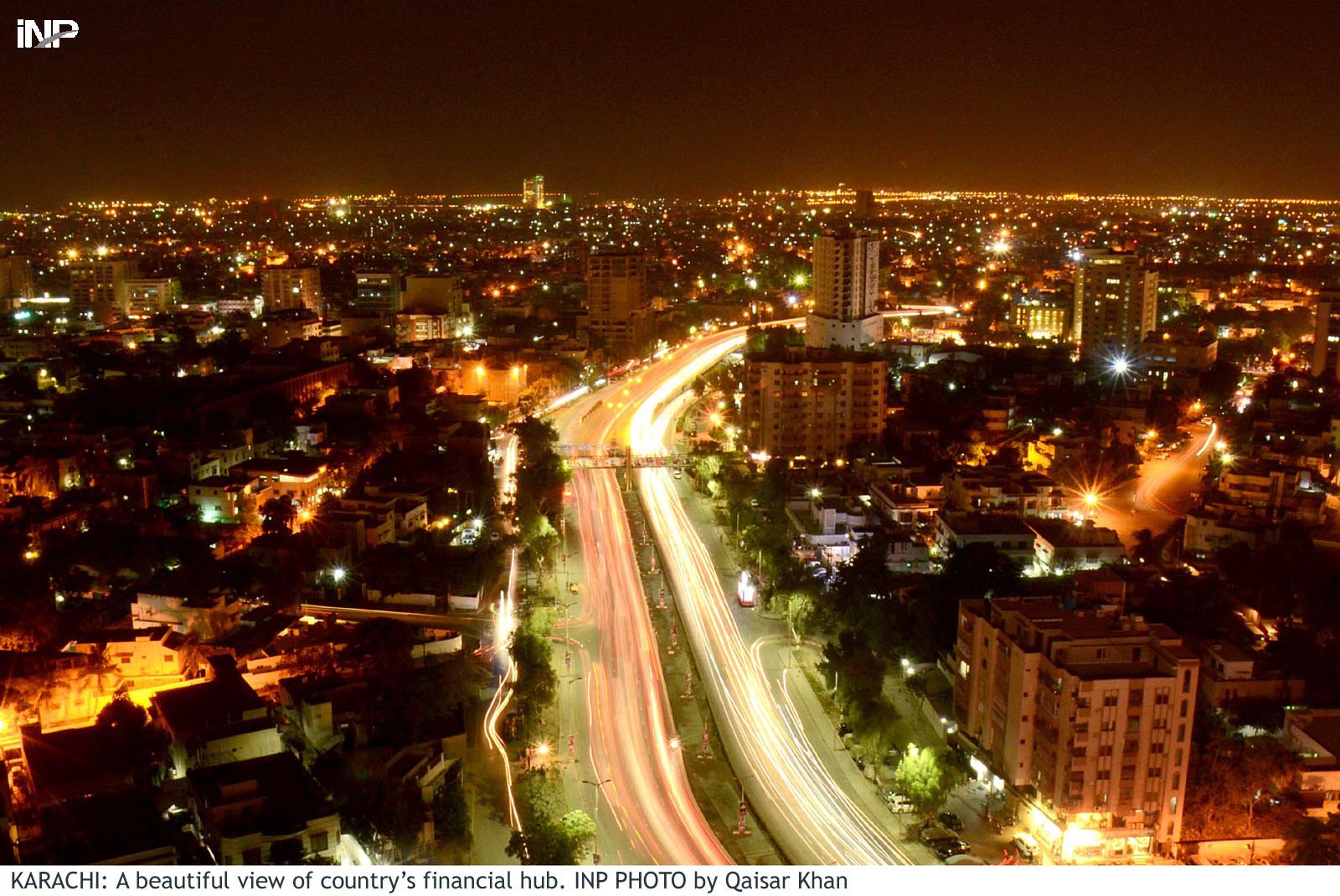
However, the gigantic plans and resource allocations could not achieve the intended objectives.
Fast forward, in 2009, Russia again announced a sort of Silicon Valley in Skolkovo with an investment of $4 billion, which was hoped to house 50,000 researchers and technologists. Massachusetts Institute of Technology and many US-based companies also collaborated, but this initiative also faced the destiny of failure.
'Economy will prosper through industrial activity, innovation'
As Pakistan and other developing countries are now facing a rapid growth in the number and size of cities, it would be useful to draw lessons from the success and failure of a few cities around the globe.
The story of US cities
In the US, Detroit and Pittsburg were hosting industrial giants of their time and these cities were leading the prosperity drive in the US after World War-II. The port and massive infrastructure is still there but with little prosperity and promise.
Contrary to that, New York, Boston and Houston have seen ups and downs, but they continue to thrive due to unique reasons. Some of them include agglomeration of small and innovative firms, excellence in education, creative professionals, diversity and concerted efforts to adapt to changing circumstances.
However, there is no universal recipe for the success of a city. Port of a city, for example, is just one puzzle of the complex development roadmap. Indeed, the city and port operations reinforce each other. One without the other is not sustainable.
Much of the dialogue on these issues in the US can be traced back to contributions of urbanist Jane Jacobs and economist Benjamin Chinitz. In the most recent contributions by Edward Glaeser and Bruce Katz, they highlight how grass-roots level innovations and civic capacity in the US metropolitan cities are driving the progress. The thriving cities have developed thick markets of innovative firms and professionals and developed a conducive urban design to promote commercial activities and job creation.
Seattle, for example, was a failing city of the US. But the city’s destiny changed when Bill Gates decided to shift Microsoft’s headquarters there and later Jeff Bezoz started Amazon there.
According to some estimates, 5,000 firms have been registered by Microsoft alumni in the US and most of them initially established businesses in or near Seattle.
However, it did not happen in Pittsburg when giant steel mills were operating as they were self-sufficient and had negligible impact on the city and its population on a sustainable basis.
Global experiences
China and South Korea have successfully exploited the potential of their urbanisation processes by making cities more conducive and competitive.
Salient features of their success include urban density, public transportation, business facilitation, professional and capable local governance and excellence in education.
However, this type of momentum is especially missing in Africa and South Asia, which is hindering economic growth and job creation in these regions.
A World Bank report, “Competitive Cities for Jobs and Growth”, analysed 750 cities across the world and defined the concept of competitive city “as one that successfully facilitates its firms and industries to create jobs, raise productivity and increase incomes of citizens over time.”
The report also found that 75% of job creation in these cities was led by private sector firms. It urged, “City leaders need to be familiar with the factors that help to attract, retain and expand the private sector.”
Ejaz Ghani, a World Bank economist, and co-authors carried out an empirical study in India titled “What Makes Cities More Competitive: Lessons from India”.
The study found that entrepreneurship – entry of new firms – in the districts of India is influenced by education levels, quality of physical infrastructure such as electricity, roads, water and sanitation, telecom and agglomeration effects – nature of incumbent firms. They also reported the negative effect of excessive regulations on the entry of new firms.
However, I argue that the concept of competitive cities needs to go beyond job creation and business facilitation. The quality of life is a key factor to making a city competitive as socio-economic wellbeing and choice to live and work reinforces each other.
Pakistan’s rapid urbanisation
Urbanisation is increasing in Pakistan at the rate of 3% based on the natural growth in a city’s population and rapid migration from rural areas.
In a decade, it is expected that Pakistan’s urban population will range from 50% to 60% of total population. About 20 cities will house population of over one million each. Population of Karachi and Lahore will increase by 50% in the next 15 to 20 years.
The confluence of rise in youth population and increase in urbanisation is going to shape the future of Pakistan. However, it is unfortunate that there is little research and dialogue on making the cities more competitive. City-level data on businesses and their performance are almost non-existent, which hinders the framing of evidence-based policies.
Punjab’s urban unit has, indeed, contributed significantly towards initiating the work on urban policy within the provincial government. However, there is a dire need to establish city-based economic development offices to gather data on businesses and their performance.
Pakistan must break from culture of patronage
These offices should help develop city-based partnerships and coalitions to devise and implement development and competitiveness plans. Affordable and vertical housing, commerce facilitation, youth’s skill development, professionalism and autonomy of local governments, innovation in public places and transportation/walkability are the key areas to be focused in Pakistani cities. It is also important that universities and civil society organisations do contribute to the dialogue on making the cities more competitive.
The writer is a public policy practitioner and researcher
Published in The Express Tribune, July 3rd, 2017.
Like Business on Facebook, follow @TribuneBiz on Twitter to stay informed and join in the conversation.

1732225542-0/logan-(1)1732225542-0-165x106.webp)















COMMENTS
Comments are moderated and generally will be posted if they are on-topic and not abusive.
For more information, please see our Comments FAQ